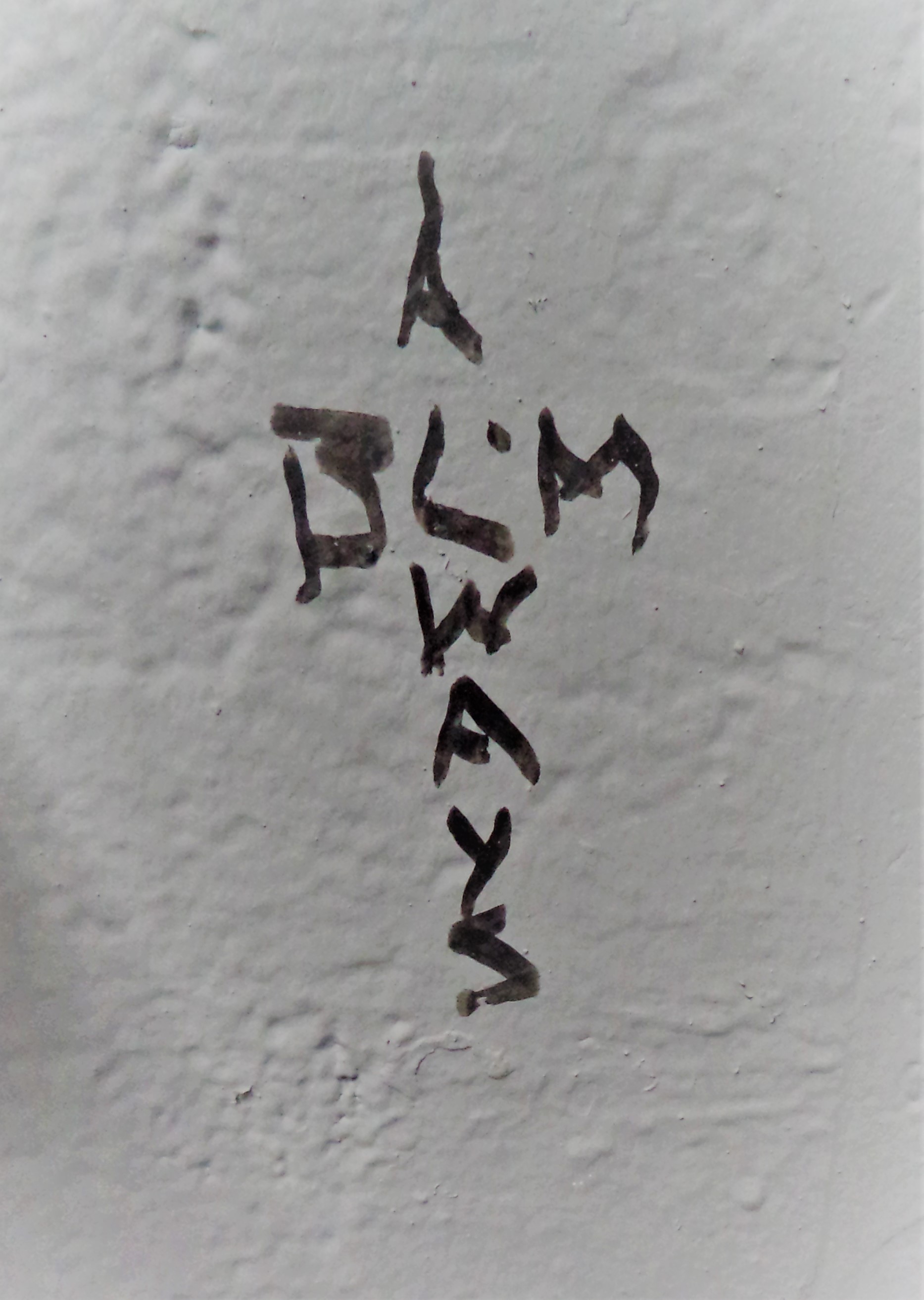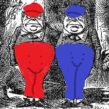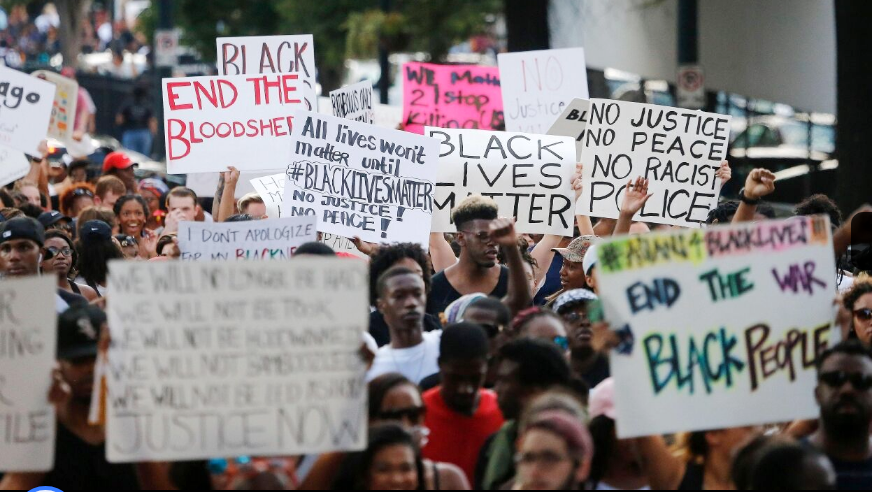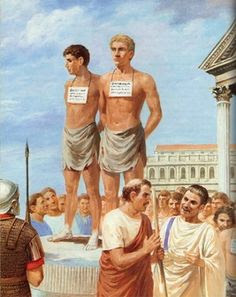To be victorious, Black Lives Matter must confront all aspects of American Apartheid
By Karlos Bermann
Black Lives Matter. When one considers the slogan of the ongoing demonstrations against police killings, is it not astounding? Astounding that it needs to be said? As Miss Universe Zozibini Tunzi put it in an interview with CBS News, “I don’t want to have to march to be seen as human or to be seen as somebody who deserves rights. Why are we even discussing reasons as to why people must see us as humans?” But Tunzi, a South African, was marching in a Black Lives Matter protest in New York City in 2020. That African-Americans, and the many others marching with them, perceive that in this country, which not only proclaims itself the world’s greatest democracy, but poses as the world’s foremost defender of human rights—freely lecturing others on their alleged failings—that in this country the lives of a large minority of its citizens simply don’t matter! They are expendable! And the mounting evidence from cell phone videos supports their contention.
Racism–an attitude or a policy?
There’s a lot of talk about racism today, which is understandable, because racism certainly exists. But the talkers discuss racism as an attitude, a belief among one ethnic group that its members are superior physically, mentally, and/or morally to members of another ethnic group. In that sense racism is related to xenophobia, the hatred or fear of outsiders, foreigners, others. Xenophobia traces back to the fears of prehistoric clans or tribes of hunter/gatherers who saw others, outsiders, as competitors for, and therefore a threat to, the resources they depended on for their survival. Although humans evolved as they settled into more or less stable communities and territories, those instinctual fears persisted as did the hatreds they generated. That was especially true as rulers and politicians over the centuries learned to stoke and play on such emotions for their own purposes. Where no credible external threat existed, they sometimes turned to groups within their own borders who practiced different religions, spoke different languages, or had different racial characteristics. Czar Nicholas, the last czar of the Russian Empire, to name just one example, used the Okhrana, his secret police, to stir up pogroms against the Jews whenever domestic discontent threatened his regime.
The Romans, for all their vices, were even-handed on the question of race and slavery. Anyone not a Roman citizen might become a slave—their race, religion, or color had nothing to do with it. The Romans made no effort to justify slavery by claiming the slaves were inferior in any way—other than the fact that they weren’t citizens of Rome. They were simply non-Romans who had been taken prisoner and that was enough. In fact, a large part of them were from the north European tribes whose later emigrations formed the light-skinned population of the United States. The later British and Spanish empires held analogous views, even when they enslaved Africans. Although the British used African slaves in their various colonies, free African sailors served in the British navy during the whole era of the Napoleonic Wars, as did Lascars, Hindus, and members of other ethnic groups—receiving equal (or equally bad) treatment with lower-class British seamen. While in their colonies the Spanish often treated African slaves brutally, they never banned marriage and intermixing between Africans and Europeans (or between Europeans and indigenous peoples, for that matter). Such mixing was a common practice, at least among the lower classes. It was a tacit acknowledgement of Africans’ humanity.
Racism as “science”

[1] http://Penn Museum to Repatriate Skulls of Black Americans and Slaves from Cuba
Equality in words or in facts?
Are African-Americans equal? Certainly they are, in ability as well as intelligence. Today African-Americans are nominally equal before the law. But in practice their treatment has always been and continues to be anything but equal—in access to education, to jobs with decent pay, to health care, to housing. In all the things that matter, they are still second-class citizens. In practice they are treated as sub-humans, as second-class citizens. The majority are segregated into urban slums with high rents and inferior public services—if they have any public services at all—slums where crime is often the only hope of getting ahead. A study conducted a few years ago found that in 2014 the earnings gap between African-American and Caucasian workers was essentially the same as it was in 1950.2
[2] See note 3, below.
Without doubt racism as an attitude continues to exist in the United States. But it is a symptom, not the root of the problem. The root of the problem is segregation: American apartheid. The fact is that US society channels and confines most African-Americans to low-paying jobs, poor schools, substandard housing, and inferior health care. So long as that is the case, the degraded and degrading conditions in which they are forced to live will continue to fuel racism as an attitude in society. More important, changes to police procedure or the other Band-Aid measures proposed by the politicians and officials now scrambling to defuse the protests so they can get back to business as usual will be nothing more than window dressing. In short, the real problem is the racism built into the structure of US society, not individual attitudes, however prejudiced those may be.
“Systemic racism” and the system
These days we hear the phrase “systemic racism” tossed around freely by the “liberal” news media, the commentators, even the politicians. “There is systemic racism in the police force.” It has become a sort of catch phrase. But they don’t explain it. It seems they mean nothing more than that racism is deep-seated, which of course it is. But “systemic racism,” literally, means racism that is part of a system. Racism in the United States is certainly part of a system—a system that goes way beyond the police forces. It is part of the system—the entire political, social, and economic system of the United States! It is not an attitude, not a belief in the superiority of light-skinned people, however deep-seated such attitudes may be. It is inequality, and the collection of decisions and policies that made inequality an integral part of the system, that is to say, into American Apartheid. That inequality built into the system is what fosters and feeds and buttresses racist attitudes—the belief in the superiority of the race that owns the house, the table, the whole pie—minus the few crumbs that fall to the floor.
The cops are an occupation force in the African-American community. They “Serve and Protect” not the citizenry—certainly not the African-American citizenry. Their function is to “protect” property and “serve” the owners of that property. That is to say, to protect the property of the “haves” against the “have-nots.” So long as African-Americans are the have-nots the police will continue to see them as the enemy. Objectively speaking, the cops in the African-American community and the other communities of color are nothing more or nothing less than the inheritors of the KKK. The police killings are today’s lynchings, and they serve the same purpose–to terrorize in order to keep people of color “in their place.” No amount of sensitivity training, no amount of consciousness-raising over racist attitudes, is going to change that. And defunding the police as a solution is not going to happen given the present class structure of US society.
National emergency
The Black Lives Matter protests over the killing of George Floyd and others occurred during a National Emergency declared for the Covid-19 pandemic. In a matter of weeks, the Federal Government found trillions of dollars to throw at the problem, with little or no accounting of where or to whom it went and with questionable effect on alleviating the economic consequences of the pandemic for the vast majority. Businesses, especially those favored by the Trump regime, were first in line for the handouts; African-Americans were last. There have been reports in the media about waste and fraud. But we may never know the full story of how much money went down that rabbit hole.
The status of African-Americans, meanwhile, brought into sharp relief once again by the latest police and vigilante killings, has been a national emergency for the past 155 years—and that’s just since the end of the Civil War, which supposedly freed them. The lion’s share of blame for this state of affairs lies with the Democratic Party, which connived in overturning Reconstruction, condoned Jim Crow and legal segregation in the South (when it did not actively foster it), and turned a blind eye to the Klan terrorism that enforced the new social reality.
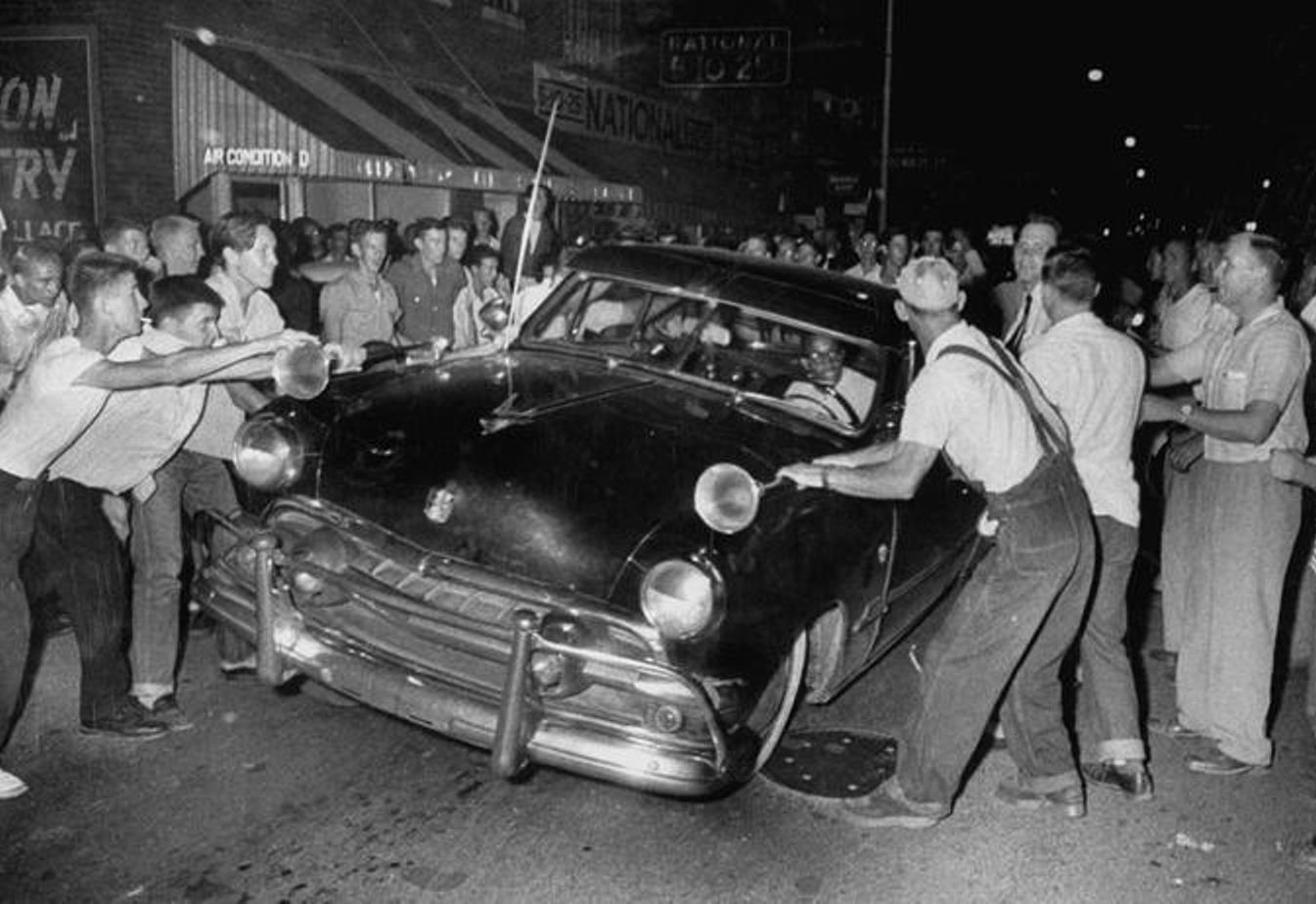
In the “Great Migration” that took place in the first half of the 20th Century, millions of African-Americans abandoned share-cropping in the South to seek better jobs and lives in Detroit, Chicago, and other industrial cities in the North. But there they were unofficially—and sometimes not so unofficially—segregated into inferior housing and the lowest paying jobs.3 Whatever gains they were able to make in spite of those conditions were wiped out as the economy changed and the industrial heartland became a vast rust belt.4 African-Americans had traded the Jim Crow South for segregation into crumbling urban ghettos, and those in turn became new fuel for the perpetuation of racial stereotypes.
[3] Under the Federal Housing Administration, established as part of F.D. Roosevelt’s “New Deal,” the Federal Government created “a national neighborhood appraisal system, explicitly tying mortgage eligibility to race.” (Larry Adelman, “RACE—The Power of an Illusion,”
[4] Despite the legal advances and formal abolition of segregation attained during the Civil Rights movement of the 1950s and ‘60s, a study done under the auspices of the National Bureau of Economic Research found that in 2014, “After narrowing from 1940 to the mid-1970s, the median black-white earning gap [for male workers] has since grown as large as it was in 1950.” (Patrick Bayer and Kerwin Kofi Charles, “Divergent Paths: Structural Change, Economic Rank, and the Evolution of Black-White Earnings Differences, 1940- 2014”

Bringing African-Americans to the position of true equality with European-Americans will not be easy and will not happen overnight. But it must begin with a thorough study of all the government programs—Federal, State, or local—that have benefited European-Americans, from 1776 up to the present, and from which African-Americans were barred. Though a huge task, it is possible to put a dollar value on all these programs.5 That would include, for example, the “Forty Acres and a Mule” promised to African-Americans after the Civil War.6 A more recent example—and one that adversely affected African-Americans still living—were the post-WW-II programs of the GI Bill for education and housing that were denied African-Americans. The monetary value of all these programs, computed on a per-capita basis, is what is owed to African-Americans. Call it reparations, call it compensation, the United States owes this debt and must pay this debt. And that accounting must include also the cost to African-Americans of discriminatory practices by private enterprise—“redlining” of residential neighborhoods and denial of bank loans based on race—the list could go on and on.
[5] An article in The Economist gives some examples: the value in today’s currency of the arable land in “Forty Acres and a Mule,” promised to freed slaves after the Civil War and then reneged upon, $160 billion; the difference between what slaves were given in maintenance and what free labor was paid, $4 trillion; the difference in mean net wealth between African-American and European-American households in 2016, $795,000 average, for a total of nearly $8 trillion. (“The Economics of Reparations,” The Economist, 6/20/2020.)
[6] Some 40,000 African-Americans actually settled on plots of land along the South Georgia/North Florida coastline and Sea Islands, land confiscated from Confederate plantation owners. But Lincoln’s successor, the Democrat Andrew Johnson, reneged on the program and returned the lands to their former owners. (Henry Louis Gates, Jr., “The Truth Behind ‘40 Acres and a Mule,’”) https://www.pbs.org/wnet/african-americans-many-rivers-to-cross/history/the-truth-behind-40-acres-and-a-mule/


Why did the United States bar African-Americans, for the most part, from sharing in the benefits of the GI Bill and other programs that enabled European-Americans returning from the war to send their children to college, to buy houses in suburbia where they would plant the seeds of the vast expansion of capitalism that became the Great Consumer Society?7
The Democratic Party was then in control. And one pillar of that control was the Democrat-controlled segregationist, Jim Crow South—the Dixiecrat South. To have given African-Americans real equality would have split the Democratic Party. From Andrew Johnson in the 1860s until Kennedy in the 1960s, the Democratic Party pandered to the Jim Crow South. And when Kennedy came into office it only changed course because the Cold War and the quest for US hegemony over the newly-independent nations of the Third World on the one hand and the emerging Civil Rights movement on the other had made continued support for legal segregation untenable. That for almost a century the Democratic Party maintained its cozy relationship with former Confederates and slaveholders, with Klansmen and their offspring, is nothing short of criminal. The Republicans, having long since squandered Lincoln’s legacy, were no better.
[7] See “African Americans and the G.I. Bill,” ( https://en.wikipedia.org/wiki/African_Americans_and_the_G.I._Bill )
For all that sordid and corrupt history, for the neglect, the discriminatory treatment, the evictions resulting from gentrification of the cities, the denial of benefits accorded to other Americans, the redlining of real estate, the denial of bank loans, the inferior education, the lack of preparation for or access to higher education, the syndrome of last hired, first fired, the police and vigilante violence, even the racist stereotypes of African-Americans portrayed by Hollywood and the mass media—all of that must be rectified, must be paid for. We can put a dollar amount on it all; how to best allocate it, that will be the problem. But it can be done and the time is ripe.

Black Lives Matter must confront all aspects of American Apartheid
To date, the Black Lives Matter protests have been just that: protests. Protests against the killings with the demands that the killings stop and racism stop. They have been spontaneous and largely inchoate. But for the movement to succeed, to get to the root of the problem, Black Lives Matter must channel the anger and energy, but not into the miasma of the Democratic Party—it must remain independent of the Democrats, including the so-called “progressives.” They would only demobilize the movement by co-opting and diverting it into the dead-end of electoral politics and congressional gridlock, just as they have done so many times before. Black Lives Matter must channel the anger and the energy into becoming a mass movement, a movement of mass action—not at the ballet box but in the streets—with clear demands directed against inequality in every sphere, not just police mistreatment. It must demand equality in jobs, in pay, in education, in housing, and in health care. That is to say, demands directed against every aspect of systemic racism—the racist system of American Apartheid. And in that fight the movement will forge alliances with other movements for social change, with labor unions, community organizations, other people of color. From such an alliance can come a new and powerful political force that can sweep aside the twin parties of monopoly capitalism, racism, poverty, and social injustice, a power that can take government out of the hands of billionaires and corporate lawyers and put it in the hands of the working people who are the vast majority. That would be real democracy.
